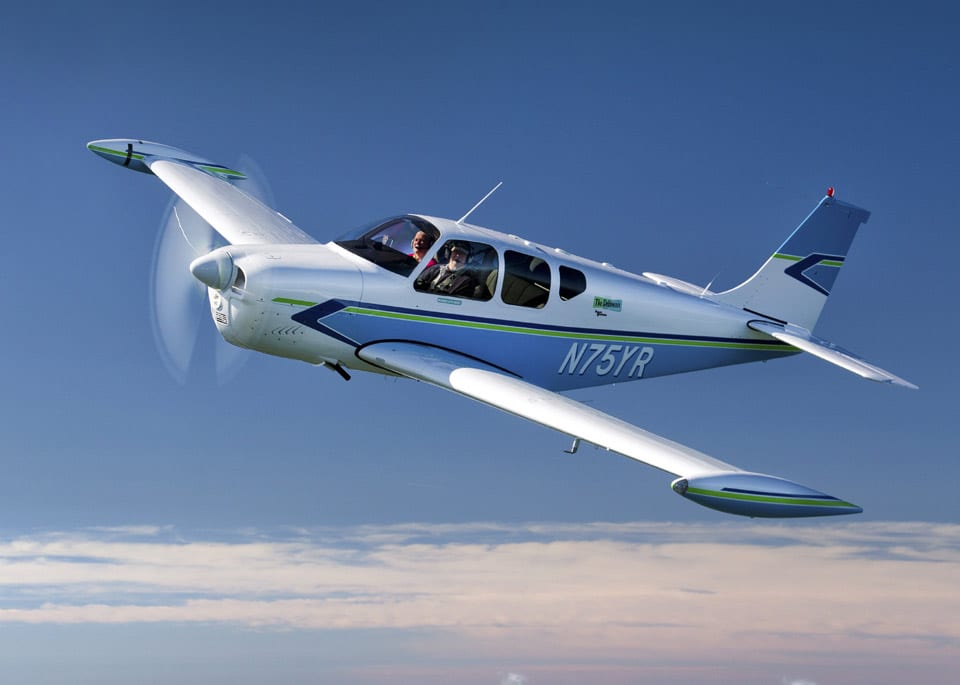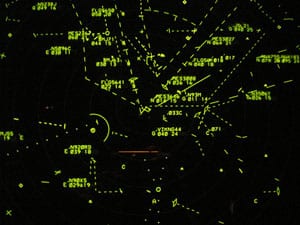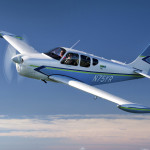
Pilots have many popular sayings we share among ourselves and with others.
They result from a desire to impress non-pilots with our “daredevil” spirit and how we “conquer” the mystique of flying, sprinkled with a certain fatalism.
I’m thinking of things like, “The only time you can have too much fuel is when you’re on fire,” or “Any landing you can use the airplane again is a great one.”
As if airplanes catch fire all the time or the outcome of my landings always is in doubt. Okay, maybe the last one has some merit.
Even as we regale each other and the occasional passenger with these truisms, there are other sayings that don’t make it into the mainstream. Often, that’s because they’re too, ummm, colorful to share in mixed company.
But there are sayings pilots simply don’t want to hear. Sometimes they give away the fact that we screwed up, and we don’t want anyone else to know.
Sometimes it’s an unpleasant reminder we’re not totally in control of our fate. And sometimes the saying is the opening to a story.
“Your airplane has something on it I’ve never seen before”
I heard this one from the technician doing a pitot-static system re-certification on my airplane. I had flown it to the local avionics shop for the service, which everyone thought would take a couple of hours, after which I’d be on my way.
That two-hour event metastasized into a 10-day odyssey involving a rental car, a gracious neighbor and more money than I’d planned to spend.

In 2014, this Debonair was the AOPA Sweepstakes plane. Debonairs were among the Beechcraft models that had the Magic Hand installed. (Photo courtesy AOPA)
I hadn’t really noticed any unusual behavior from the related instruments, but the tech said there was a leak and he couldn’t sign it off. The transponder wasn’t perfect, either, and needed to be bench-checked. So I went home without my airplane. Later in the week, the tech called with the cheery bit of news above.
What he’d never seen before was a set of relays in the left wing comprising part of an optional automatic landing gear extension system Beechcraft called “Magic Hand.”
It predated a similar system introduced on the Piper Arrow by a few years, yet worked in the same basic fashion: At low airspeed and power, it would extend the landing gear on its own. Mr. Beech’s system would even re-position the switch, plus retract the gear at high power and above a certain speed. It literally was a magic hand.
I switched it off early on in my ownership and never used it, so I had no clue its plumbing had sprung a leak, preventing the system from passing a leak-down test. Isolating it from the rest of the pitot-static plumbing was the fix. You’d think plastic tubing would last longer than 50 years, but apparently not.
I don’t know how many Beechcraft left the factory with the Magic Hand or had the system added in the field, but I’d be surprised if it’s a three-digit number, so it’s not unreasonable for the technician to never have seen one before.
“Targets appear to merge”
This one came courtesy of ATC. A pilot-friend and I were flogging a Skyhawk over southern Maryland on a nice VFR day, receiving flight-following services.
I forget the facility, but the controller pointed out conflicting traffic, and we both started looking for it. Since there was no way to know the intruder’s altitude, we were looking up and down, and in the direction the controller indicated. As we flew along, straight and level, the only thing changing about the target was its distance from us.
No matter where we looked, we couldn’t see the traffic. Eventually, the controller, in a “been nice knowing ya” voice, kind of threw up his hands with this standard phrase, telling us we were on our own. We didn’t swap paint with anything, and never saw any other aircraft in the immediate area. Later, we chalked it up to some kind of radar reflection from our own transponder.

Radar screen at an FAA facility. (Photo courtesy FAA)
I was the left-seater and if I had it to do again, I would ask for a vector away from the traffic, which I’ve done since in similar circumstances. If nothing else, changing our heading might have revealed the target to be a reflection or some other radar-induced artifact, or maybe we could have spotted it. I’ll never know.
“Are you declaring an emergency?”
Don’t tell anyone, but I’ve heard this one from ATC on more than one occasion.
The first time I heard it, I was in that same Skyhawk. Its engine had just coughed after I reduced power at top of descent. It only did it once, but I reported unknown engine trouble and requested no landing delay. The controller pointed out a nice, smooth interstate highway I could see over the nose and then asked some questions about fuel and souls.
My response was in the negative, but they rolled the equipment anyway. I was basically cleared to do anything I wanted, and landed without further drama.
Once on the ground, I had a mechanic check things out, but he couldn’t find anything wrong. We flew home with an ear tuned to the engine, but I never heard another hiccup. That event seems to have been carb-ice related.
The other time I heard this, the answer was in the affirmative. I had a sick single, and was looking for a place to set it down. Now.

A welcome sight when experiencing engine trouble. (Photo courtesy FreeImages.com/Cee Lee)
Just over the nose was a 12,000-foot-long runway, and it was my new Plan A. Again, we landed there safely — with a little bit of drama — but we taxied to the ramp under our own power. The airplane was finished for the day, however. So were our shorts.
Fly personal airplanes often enough and you may hear some of these same sayings.
If you’re still around to talk about them and tell the tale, you’re probably doing something right.
Source: http://generalaviationnews.comThree things no pilot wants to hear